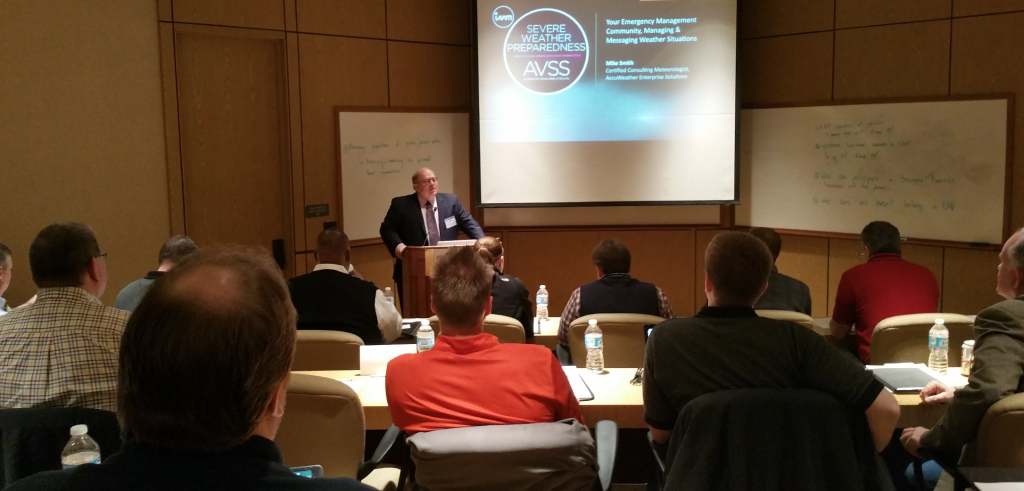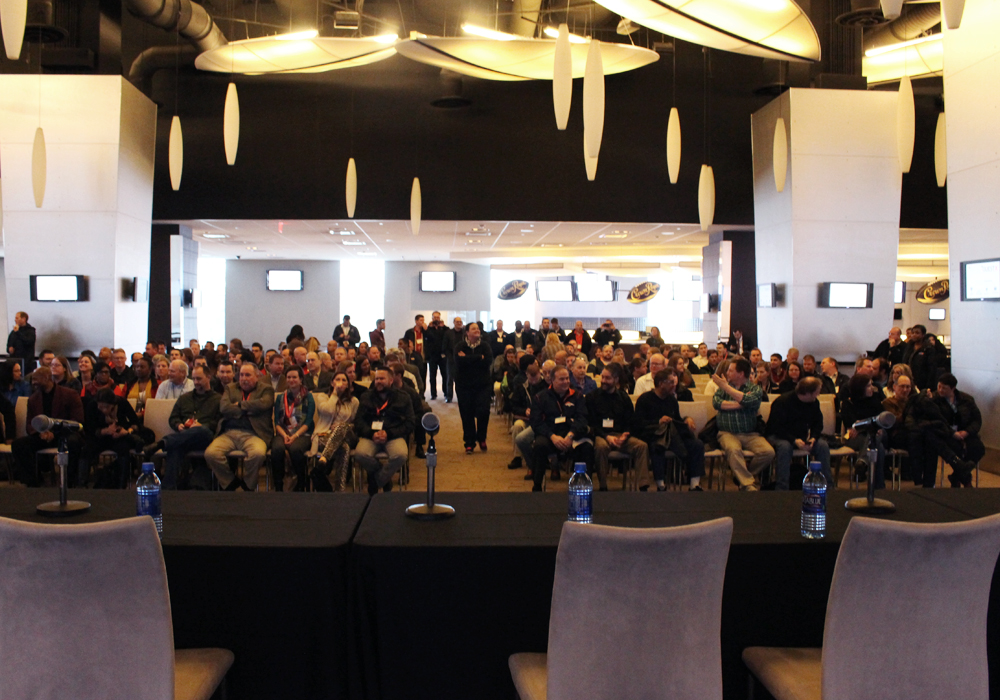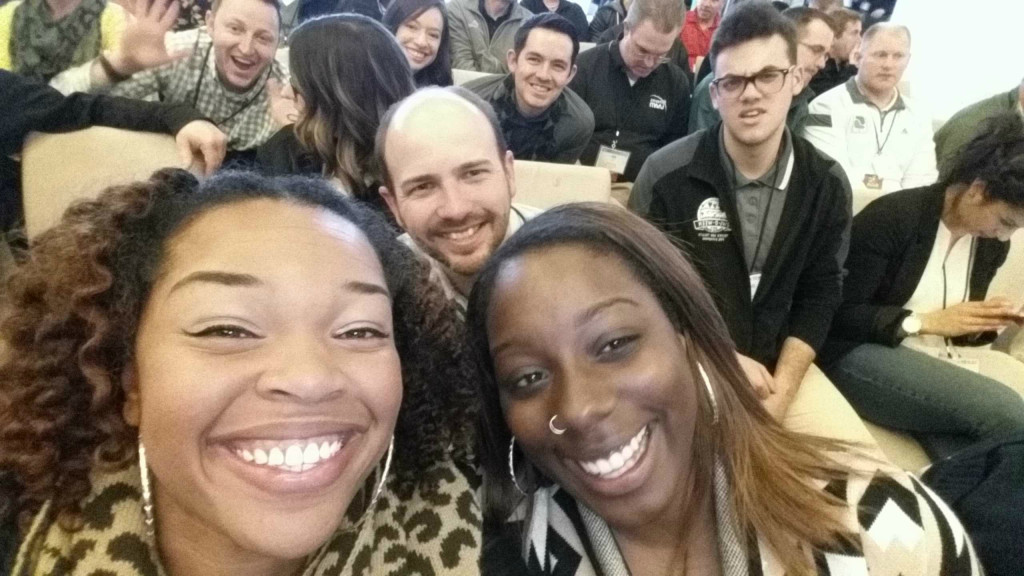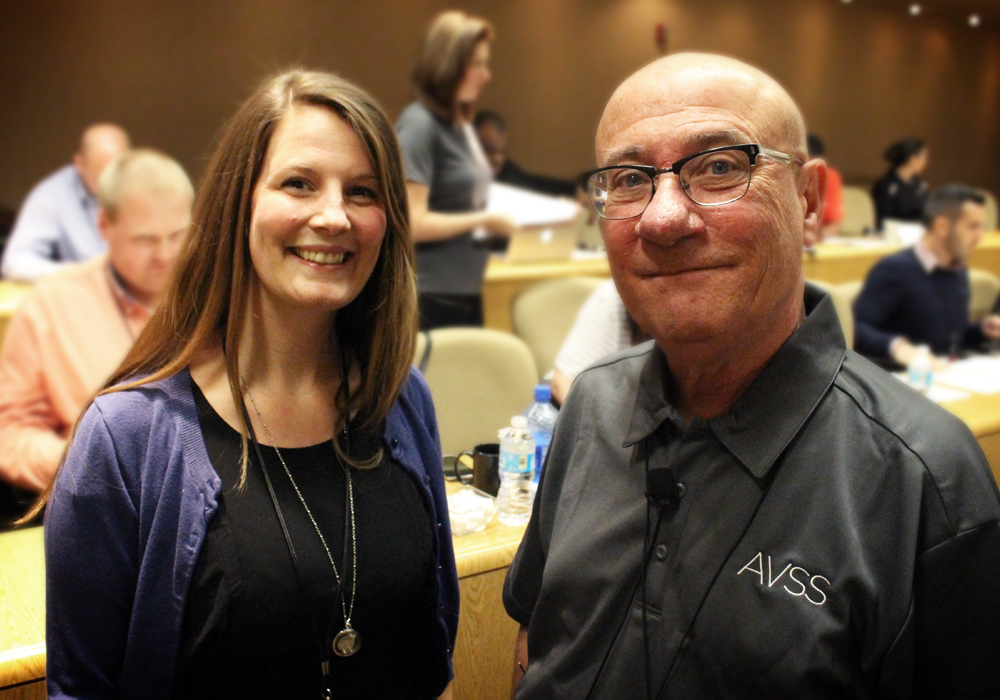Roger Newton Announces His Retirement
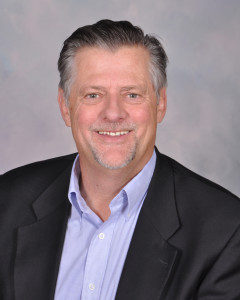 Industry veteran Roger Newton recently announced his retirement from the arena management industry.
Industry veteran Roger Newton recently announced his retirement from the arena management industry.
Newton left his position as president and general Manager of the Bon Secours Wellness Arena in Greenville, South Carolina, last fall after serving in that role for nearly 10 years. Newton also managed Charter Amphitheatre in Simpsonville for the past five years.
Newton served as the manager of 12 arenas throughout his 36-year career, including the Canadian Tire Centre in Ottawa; Nassau Coliseum in Long Island, New York; and the AmericanAirlines Arena in downtown Miami. His career also included stints with venue management companies Ogden Entertainment and SMG.
“I am one of the fortunate souls in life who had a career I loved doing for a long time,” Newton said. “While I will no longer oversee the day-to-day management of arenas, I plan to keep in contact with the many close friends I have made in the arena, entertainment, and sports industries throughout my career.
“I am proud of my Carolina roots,” he continued. “I have been in the wonderful city of Greenville for many years, and my plans are to remain in the Greenville area, become even more involved in community activities, and begin an encore career in the real estate business.”
Newton can be reached at 864-630-7577 or at frnewton406@icloud.com.
Why Every Venue Needs a Weather Plan
Please allow me to begin this blog post by thanking IAVM for allowing me to present on venue safety and extreme weather at the Severe Weather Preparedness program in Dallas. I had a wonderful time meeting great people while evangelizing on a subject close to my heart.
For those unable to attend the Dallas meeting, I am the senior vice president and chief innovation executive for AccuWeather Enterprise Solutions Inc., based in Wichita, Kansas. We specialize in tailoring site-specific warnings of extreme weather for venues and dozens of other industries. In 2014, we provided warnings for more than 1,000 venue events. In addition, I provide consultations to companies that want to improve their severe weather procedures or even understand how extreme weather affects their guests.
The amount of progress weather science has made in providing accurate, actionable storm warnings during the last 10 years is nothing short of remarkable. Combine that progress with social science research into the most effective ways of communicating warning messages to an assemblage, and venue managers now have effective tools that will prevent injuries, lessen liability, and, whenever possible, assure the show goes on.
If there is one thought you take away from this post, it is that every venue needs a weather plan that accounts for each type of activity hosted by the venue. This could range from a circus to a concert to a major league game. Each will have its unique challenges and “lead time” (the interval from notification of a storm to the storm’s arrival) for implementing safety measures.
Each plan has five components:
• Determining lead time and unique aspects of each type of event
• Weather monitoring
• Communicating weather information to your guests
• Sheltering your guests
• What to do if “the worst” happens.
Bitter experience in recent years demonstrates the plan should require:
• If storm X threatens, then we do A.
• If storm Y threatens, then we do B.
• If storm Z threatens, then we do C.
Where X, for example, indicates lightning or another specific type of storm.
By specifying, in advance, procedures in your plan, it negates the temptation to respond with what you want to happen as opposed to what is most likely to happen.
The second item I would like you to take away is to use minutes rather than miles to trigger safety actions. If you use, for example, 10 miles as an alerting radius, a storm moving at 70 mph may not give you enough time. A storm moving at 10 mph may dissipate before arriving, causing a false alarm. So, ask your provider to provide, say, 15 minutes of warning rather than a fixed radius.
And, while it is counterintuitive, make your storm-related decisions based on input from one or, at most, two trusted sources. Peer-reviewed research demonstrates this is far more effective than using a plethora of sources. A large number of sources (e.g., six or more) allows decision makers (often subconsciously) to “shop” for the forecast they want rather than what is meteorologically the most likely.
GuestX: An Amazing Experience
Several students attended our GuestX conference March 1-3 in Dallas, Texas, and found the experience valuable. Brandie Jenkins (left, in photo), a student at Kennesaw State University, provided the following thoughts about the conference.
I am currently a part-time, student employee for Kennesaw State University’s Sports & Entertainment Park in Kennesaw, Georgia, for an organization called Night Owl Productions. Night Owl Productions is a very unique work experience in which we are a majority student-lead organization. We host an array of different events such as our annual Owl-O-Ween hot-air balloon festival, the World Rugby Women’s Sevens Series, collegiate soccer and lacrosse games, concerts, and our recent addition, the two-day Shaky Boots country music festival coming May 16-17. With that being said, we as students are able to gain experience working in departments such as hospitality, event/guest services, and productions, as well as facilities.
Each year, we as part-time students are given the opportunity to attend the annual IAVM VenueConnect conference to gain a better knowledge of the ins and outs of an entertainment venue while also getting a chance to network with companies and organizations that are often beneficial to us when we graduate. However, the GuestX conference was my very first IAVM conference, and I must say it was an amazing experience!
I first heard about GuestX because of my new job title as the event services lead that I obtained in August. At the beginning of January, my colleague and I came to the conclusion that we just were not fully satisfied with the amount of knowledge we had in our department so we began looking up different conferences that would be beneficial. We soon discovered the newfound GuestX conference, geared specifically toward any and everything guest services. After browsing through the guest speakers and the topics at hand, we knew we were sold and thought PERFECT!
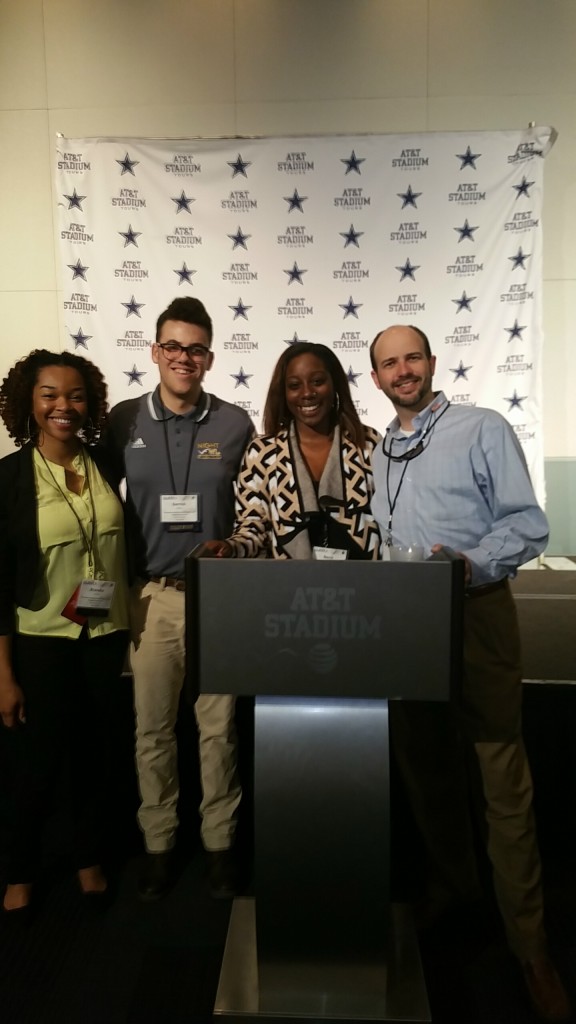 Even though GuestX was my first conference, I still believe the agenda and overall course of topics for the conference were very informative not only to me but also for everyone else in attendance. My favorite session was Jennifer Blackmon’s “Memorable Customer Service.” Although her session was two hours, she was such an intriguing speaker that she kept everyone engaged with her witty, charismatic attitude and approach to presenting information. I’m huge on customer service, not only how I show customer service at my job but also how I receive customer service from people and places I come into contact with on a daily basis. I’m always looking for ways to elevate my customer service skills by “wowing” the fans as much as possible, and Jennifer’s take on making the customer’s experience a unique and personal one helped me to see how I can take the experience from just “nice” to a memorable one with ease.
Even though GuestX was my first conference, I still believe the agenda and overall course of topics for the conference were very informative not only to me but also for everyone else in attendance. My favorite session was Jennifer Blackmon’s “Memorable Customer Service.” Although her session was two hours, she was such an intriguing speaker that she kept everyone engaged with her witty, charismatic attitude and approach to presenting information. I’m huge on customer service, not only how I show customer service at my job but also how I receive customer service from people and places I come into contact with on a daily basis. I’m always looking for ways to elevate my customer service skills by “wowing” the fans as much as possible, and Jennifer’s take on making the customer’s experience a unique and personal one helped me to see how I can take the experience from just “nice” to a memorable one with ease.
My favorite aspect of the conference as a whole was definitely the AT&T Stadium tour! I had heard great things about the stadium but to get a behind-the-scenes, personal tour was by far the most memorable moment of the conference and I think everyone else can agree with this. I think the tour was the perfect ending to a great conference, and the food provided was unique in its own. The menu consisted of buffalo chicken bites on top of creamy white cheddar mac-n-cheese along, mini tacos, fried Wonton shrimp dipped in orange sauce, and an array of of delicious bites. I was more than impressed with the conference overall and I hope that I will get a chance to attend next year to see what new aspects you all come up with!
AVSS 2015: A Crash Course in Handling Media During a Crisis
Rich Singer, CFE, teaches the AVSS Year 2 class “Dealing with the Media in a Time of Crisis.” During the class, Singer transforms the room into a volatile press conference and persuades one brave student to take on the role of the venue manager in front of the mic.
Lara (Leh-Ra) Anderson, event manager at the Encana Events Centre, took the bait. Here’s her take on the experience:
It started off as an exercise on paper. Imagine there was a death in your venue. How would you respond?
The instructor took it to another level by asking the class for a volunteer to get up and participate in a mock press conference regarding the scenario. Singer wrote a few notes about what he was looking for in the volunteer (including but not limited to);
- The person cannot be very good.
- The person must have a willingness to learn.
I felt pretty confident that this was an exercise that I would not excel in, as I have not had any training in this area, but I knew that I wanted to learn how to navigate the scenario and improve upon my skills.
I was given a few minutes to review my statement while Singer briefed the class, and I have to say, did he ever prepare them!
I was terrified to walk back in. A lot of things were running through my mind, “What did I get myself into?!” being one of them.
I walked to the podium and read my statement. After I was finished, I opened the floor to questions from the “media” (my classmates.) They were very angry about the incident and asked some difficult questions that I was not entirely prepared to answer, but at the same time I felt like I should be providing them with something. That was mistake No. 1. Lesson learned? Do not give information that you do not have. If you have to repeat that you are fully cooperating with the police while they are handling the investigation, and that is all you can say for now, then continue to say it in answer to similar questions until you get your point across.
Another lesson to take away is that if a reporter gets you to say something, they can use it in an article. If you do not say it, they cannot print it. For example, one of my wonderful “reporter” peers said “death trap” multiple times to try to get me to say that the venue was “not a death trap.” Fortunately, I did not bite, but we talked about this point in review of the exercise and it was definitely something to remember.
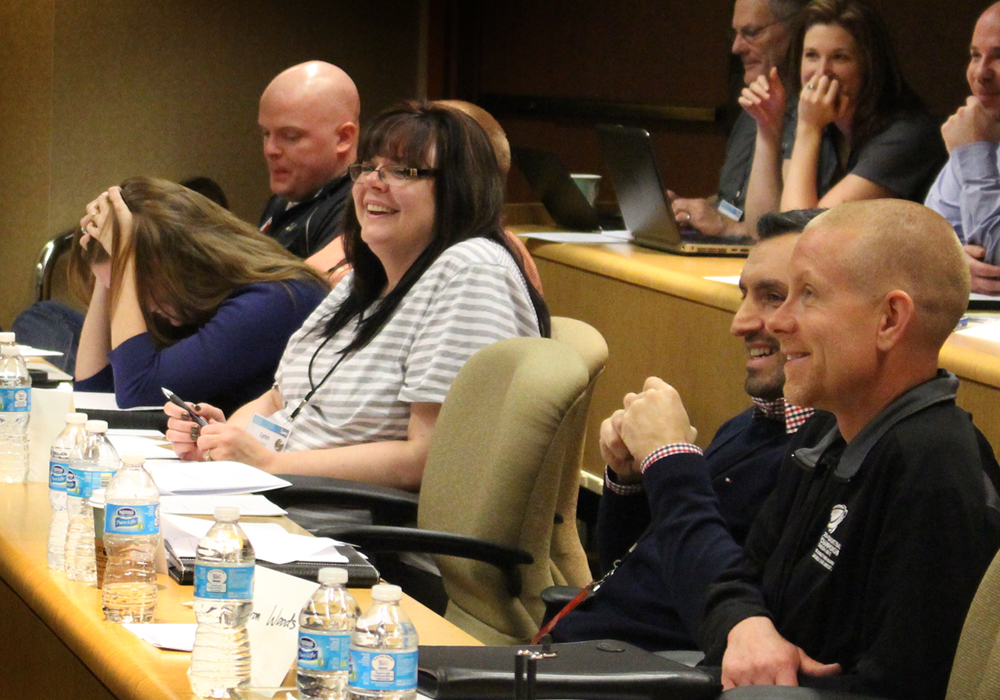
(Lara, unaware that her mock press conference was recorded, endures a play-by-play critique from her classmates.)
The craziest moment was when someone asked if their son, who goes to school with the person who passed away, would now be bumped up to the Varsity Team. I thought this was a joke, or a way to break the ice; however, the rest of the “media” did not think it was funny and got a little more irate as I told her I would keep my fingers crossed for her son (I was obviously joking!).
All kidding aside, this was an invaluable exercise for me. I believe that with practice and perhaps a little bit more coaching, I will have no trouble dealing with the media in the time of crisis; however, I hope that I—and everyone reading this—am able to avoid unwanted situations to the best of our abilities as we educate ourselves with the training provided at opportunities like the Academy for Venue Safety & Security (AVSS) and put what we learn into practice.
I am so happy to have been able to attend AVSS again this year and to have had this amazing experience. A massive thank you to the class for their extremely tough questions and judgmental responses to my answers—you know who you are!
“I have been doing this session for about 15 years,” Singer said. “I always get a willing volunteer to stand up in front of the class and get grilled by the ‘press core.’ Lara was no exception. She bravely kept her cool through the whole experience. Great job, Lara!”
Do you want to receive a Front Row News weekly digest?
Categories
- Allied (861)
- Architecture (147)
- Arenas (747)
- Career (897)
- Convention Centers (895)
- Education (623)
- Events (1,544)
- Food & Beverage (193)
- Foundation (113)
- Guest Experience (1,496)
- Industry News (2,270)
- Leadership (1,888)
- Marketing (150)
- Membership (2,000)
- Music (213)
- Performing Arts Centers (454)
- Professional Development (409)
- Research (127)
- Safety & Security (442)
- Sports (763)
- Stadiums (608)
- Student (159)
- Technology (516)
- Ticketing (92)
- Touring (82)
- Trends (364)
- Uncategorized (739)
- Universities (218)
- Video (25)
- Young Professional (198)
Twitter Feed
- Twitter feed loading
Recent Posts
- New Member Benefit! IAVM Partners with Advantage Training to Elevate Staff Readiness and Guest Experience
- Charlotte Convention Center Welcomes Two New Leaders to its Management Team
- Fort Worth Cuts Ribbon on Phase 1 of Convention Center Expansion
- Raleigh Convention Center Update Following December 1st Fire
- VenuWorks Appoints Robert Thomas as Executive Director for Cedar Rapids Facilities
Categories
- Allied
- Architecture
- Arenas
- Career
- Convention Centers
- Education
- Events
- Food & Beverage
- Foundation
- Guest Experience
- Industry News
- Leadership
- Marketing
- Membership
- Music
- Performing Arts Centers
- Professional Development
- Research
- Safety & Security
- Sports
- Stadiums
- Student
- Technology
- Ticketing
- Touring
- Trends
- Uncategorized
- Universities
- Video
- Young Professional
Archives
- December 2025
- November 2025
- October 2025
- September 2025
- August 2025
- July 2025
- June 2025
- May 2025
- April 2025
- March 2025
- February 2025
- January 2025
- December 2024
- November 2024
- October 2024
- September 2024
- August 2024
- July 2024
- June 2024
- May 2024
- April 2024
- March 2024
- February 2024
- January 2024
- December 2023
- November 2023
- October 2023
- September 2023
- August 2023
- July 2023
- June 2023
- May 2023
- April 2023
- March 2023
- February 2023
- January 2023
- December 2022
- November 2022
- October 2022
- September 2022
- August 2022
- July 2022
- June 2022
- May 2022
- April 2022
- March 2022
- February 2022
- January 2022
- December 2021
- November 2021
- October 2021
- September 2021
- August 2021
- July 2021
- June 2021
- May 2021
- April 2021
- March 2021
- February 2021
- January 2021
- December 2020
- November 2020
- October 2020
- September 2020
- August 2020
- July 2020
- June 2020
- May 2020
- April 2020
- March 2020
- February 2020
- January 2020
- December 2019
- November 2019
- October 2019
- September 2019
- August 2019
- July 2019
- June 2019
- May 2019
- April 2019
- March 2019
- February 2019
- January 2019
- December 2018
- November 2018
- October 2018
- September 2018
- August 2018
- July 2018
- June 2018
- May 2018
- April 2018
- March 2018
- February 2018
- January 2018
- December 2017
- November 2017
- October 2017
- September 2017
- August 2017
- July 2017
- June 2017
- May 2017
- April 2017
- March 2017
- February 2017
- January 2017
- December 2016
- November 2016
- October 2016
- September 2016
- August 2016
- July 2016
- June 2016
- May 2016
- April 2016
- March 2016
- February 2016
- January 2016
- December 2015
- November 2015
- October 2015
- September 2015
- August 2015
- July 2015
- June 2015
- May 2015
- April 2015
- March 2015
- February 2015
- January 2015
- December 2014
- November 2014
- October 2014
- September 2014
- August 2014
- July 2014
- June 2014
- May 2014
- April 2014
- March 2014
- February 2014
- January 2014
- December 2013
- November 2013
- October 2013
- September 2013
- August 2013
- July 2013
- June 2013
- May 2013
- April 2013
- March 2013
- February 2013
- January 2013
- May 2012
- March 2012
- December 2011
- November 2011
- October 2011
Recent Comments
- Frank Bradshaw, Ph.D., CVE on John Meyer, CVE, a Tireless Advocate of Certification for Venue Professionals, Has Died
- Neil Sulkes on Hilary Hartung, Friend to Many in Venue Marketing, Has Left Us
- Jason Parker, CVE on The Devastation of Hurricane Helene and How We Can Support One Another
- Larry Perkins on Touhey Testifies Against Speculative Ticketing Before Congressional Subcommittee
- Peter Secord on Major Players for Planned Elkhart Amphitheater Were in the Mix at VenueConnect

